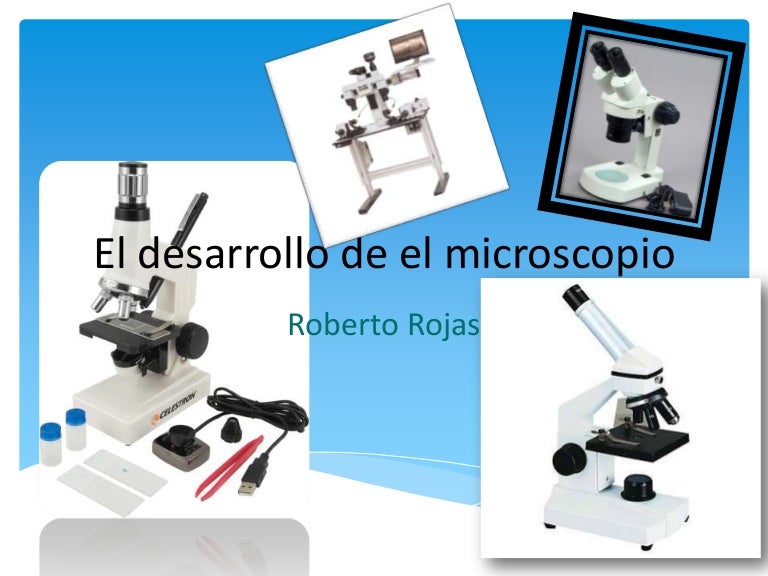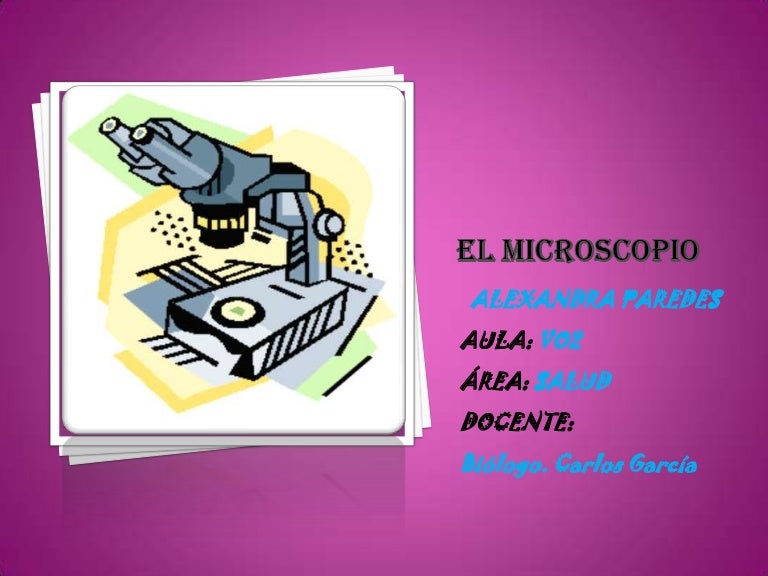

The other, Allessandro della Spina died in 1317 and claimed to have revealed his process. The evidence? Their tombstones! One, Salvano d'Aramento degli Amati died in 1284 in Florence and claimed to have kept the process secret. Then, within just a few short years in Tuscany, Italy, two men claimed to have independently invented spectacles. Put another way round, some of the smartest people the planet has ever produced, played and worked with single lenses for several thousand years without taking it further. Incredibly, the next historical references with anything at all to do with microscopes, or more accurately, optics is 1,200 years after Rome was sacked and, even then, the references are only to the use of lenses in the invention of spectacles. In other words, we can give great credit to the Ancients for their foresight and achievements, but we have to look elsewhere to uncover both the first light and compound microscope. However, while Ancient Chinese, Greeks and Romans all applied their infinite wisdom to the issue, there is no known reference to either the use of artificial light or to multiple lenses. The Greeks did, however, give us the word "microscope." It comes from two Greek words, "uikpos," small and "okottew," view. The Greeks, however, also used it for surgical procedures, not on ants as little boys are wont to do, but on people - to cauterize wounds and lesions caused by leprosy and so forth.Īncient Egyptians and Romans also used various curved lenses although no reference to a compound microscope has been found. Ancient Greek boys probably shared every American boy's sense of triumph of using a curved lens, or magnifying glass, to start a fire. The Greeks certainly made good use of curved lenses, which are an essential component of any stereo or compound microscope. No less a person than Aristotle describes the workings of a microscope in some detail. Similarly, there is no further known reference to such a compound microscope device until we come back to the Greeks again. If they did build such a car, no reference to it has ever been found. It is as if they developed a town car that achieved Mach II. That these Chinese ancients achieved magnification levels of 150 times today's standard, or 100 moou, is breath-taking. That this occurred some 4,000 years ago in the Chow-Foo dynasty and more than 3,500 years before the "father of modern microscopy" was born is quite remarkable.

Ingenious, effective and repeatable in the home, today.

Just as the Greeks had a fully functioning radiant heating system operating two thousand years before those only now being introduced in the US, so the origins of the compound light microscope appear to be traced, not to Holland, England or France - but to China which is perhaps appropriate given the present predominance of China in supplying compound light microscopes! The Water MicroscopeĪccording to an ancient Chinese text, the Chinese viewed magnified specimens through a lens at the end of a tube, which tube was filled with varying levels of water according to the degree of magnification they wished to achieve. "means of viewing," from skopein "look at." Microscopic "of minute size" is attested from 1760s. "an instrument for viewing what is small," from Gk. Origin: The origin of the word microscope according to the Online Etymology Dictionary is as follows: 1656, from Mod.L.

Part of this was due to the discovery that combining two types of glass reduced the chromatic effect.ġ830: Joseph Jackson Lister discovers that using weak lenses together at various distances provided clear magnification.ġ878: A mathematical theory linking resolution to light wavelength is invented by Ernst Abbe.ġ903: Richard Zsigmondy invents the ultramicroscope, which allows for observation of specimens below the wavelength of light.ġ932: Transparent biological materials are studied for the first time using Frits Xernike's invention of the phase-contrast microscope.ġ938: Just six years after the invention of the phase contrast microscope comes the electron microscope, developed by Ernst Ruska, who realized that using electrons in microscopy enhanced resolution.ġ981: 3-D specimen images possible with the invention of the scanning tunneling microscope by Gerd Binnig and Heinrich Rohrer. 18th century: As technology improved, microscopy became more popular among scientists. Leeuwenhoek was the first to observe bacteria. 14th century: spectacles first made in Italyġ590: Two Dutch spectacle-makers and father-and-son team, Hans and Zacharias Janssen, create the first microscope.ġ667: Robert Hooke's famous "Micrographia" is published, which outlines Hooke's various studies using the microscope.ġ675: Enter Anton van Leeuwenhoek, who used a microscope with one lens to observe insects and other specimen.


 0 kommentar(er)
0 kommentar(er)
